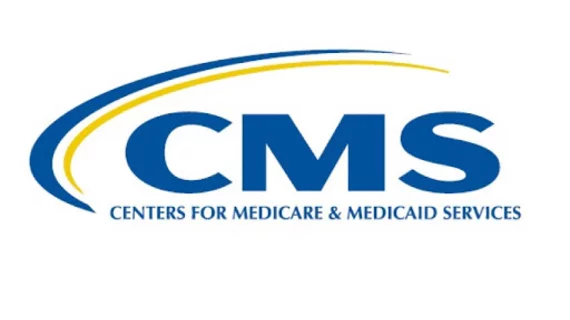CMS published several of its annual proposed Medicare payment rules on Friday afternoon covering a slew of facilities like nursing homes, hospices, inpatient rehabilitation and psychiatric hospitals. As predicted, the proposed rule also included regulatory changes in line with CMS initiatives on reducing administrative burden and granting patients easier access to their own data.
There are three key aspects of the proposed rules:
1. Payment rate updates
Skilled nursing facilities would receive an $850 million increase in payments. The hike would’ve been smaller, but the spending legislation signed into law earlier this year mandated a bigger boost for nursing homes.
Hospices would receive a $340 million increase, a 1.8 percent boost.
Rehabilitation hospitals would receive a $75 million increase.
Psychiatric hospitals would receive a $50 million increase.
2. New SNF payment model
The SNF payment rule proposed a new Patient-Driven Payment Model (PDPM), which CMS said would adjust Medicare payments “based on each aspect of a resident’s care.” In the long run, this may cut payments for items and services not related to the provision of therapy while moving away from a volume-based payment model.
“The proposed new case-mix classification system (the PDPM) would be effective Oct. 1, 2019,” CMS said in a fact sheet. “The improved structure of this proposed model would move Medicare towards a more value-based, unified post-acute care payment system that puts the unique care needs of the patient first while also reducing significantly the administrative burden associated with” the SNF payment system.
3. Following through on CMS initiatives
The recently released payment rule for hospitals contained provisions related to recent CMS initiatives like MyHealthEData, Meaningful Measures and Patients Over Paperwork, and Friday’s proposed rules also looked to push forward on those efforts.
For the more recently announced data sharing initiative, all four proposed rules simply request information from stakeholders on how to achieve interoperability. More concrete steps are proposed on measures and paperwork. For example, rehab hospitals would have easier documentation requirements under the proposed rule through changes like allowing a physician to remotely lead an interdisciplinary team without filing additional paperwork and removing the admission order documentation requirement. In all, CMS said its changes would reduce the time inpatient rehab facilities spend on paperwork by 35,000 hours.
For quality measures, several were cut for both rehab and psychiatric hospitals. None was eliminated for nursing homes and hospices, but CMS did propose that in the future, the costs associated with reporting a measure will be considered from evaluating whether it should be removed.

